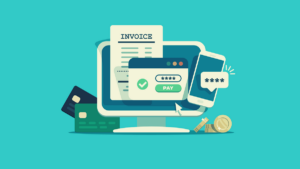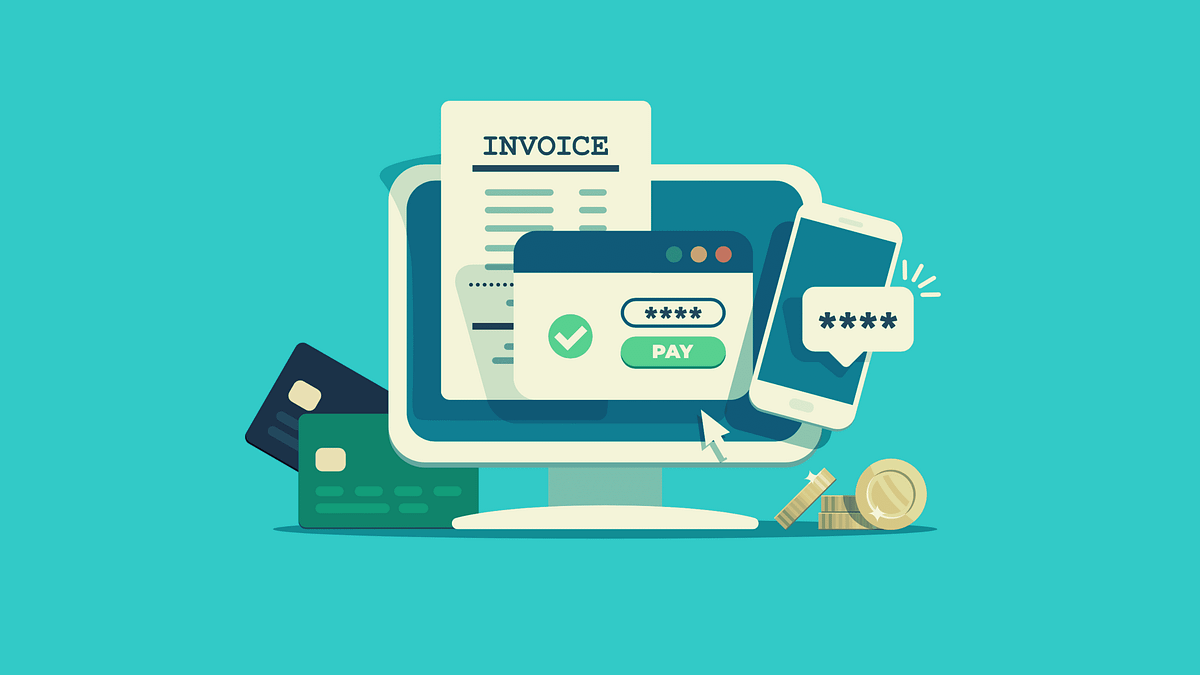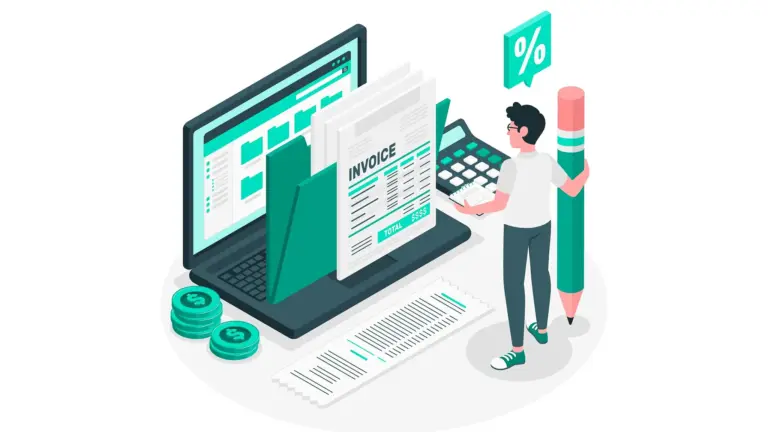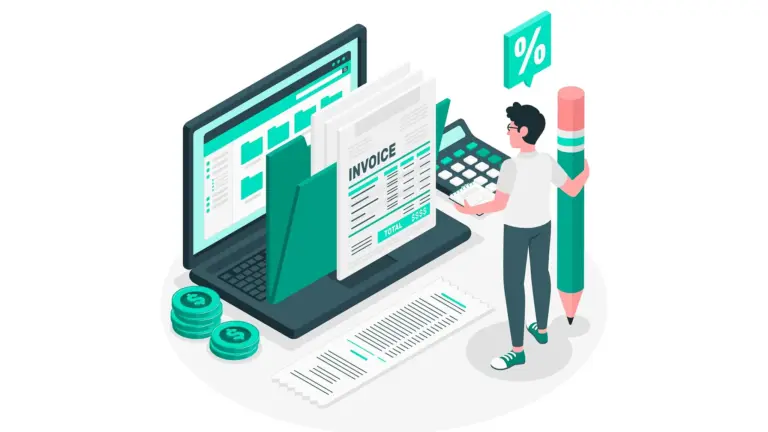Introduction to Accounts Receivable
Accounts receivable (AR) refers to the money owed to a business by its customers for goods or services delivered but not yet paid for. It is considered a short-term asset on a company’s balance sheet. The management of accounts receivable is crucial for a company’s liquidity and financial health, as it directly affects cash flow and the ability to meet obligations.
In this guide, we will explore the importance of accounts receivable, how it works, its components, management strategies, challenges, and best practices for businesses.
The Basics of Accounts Receivable
Accounts receivable arise when a business provides goods or services to a customer on credit. The customer agrees to pay the business within a specific period, typically 30, 60, or 90 days. The amount owed is reflected as an asset on the business’s balance sheet, as it represents future cash inflows.
AR is a critical part of working capital management. Efficient management of accounts receivable ensures that businesses maintain a steady cash flow to cover operating expenses, pay suppliers, and meet other financial obligations.
Components of Accounts Receivable
- Invoices: Invoices are issued to customers as a request for payment. These invoices typically include the amount due, payment terms, and due date.
- Credit Terms: Businesses often offer credit terms to customers, allowing them to pay for goods or services over time. The terms usually include the payment due date and any discounts for early payment or penalties for late payments.
- Aging Report: An aging report categorizes accounts receivable based on how long the amounts have been outstanding. The categories often include 0-30 days, 31-60 days, 61-90 days, and more than 90 days.
- Receivables Turnover Ratio: This financial metric measures how efficiently a company collects its receivables. A higher turnover indicates efficient collection, while a lower turnover suggests issues with collections.
Importance of Accounts Receivable Management
- Cash Flow Management: Managing AR ensures that businesses have the cash they need to fund day-to-day operations, pay employees, and invest in growth opportunities.
- Credit Risk Assessment: By managing accounts receivable effectively, businesses can assess the creditworthiness of their customers, reducing the risk of non-payment and bad debts.
- Customer Relationship Management: Proper AR management ensures that customers are treated professionally and consistently, which can help build trust and long-term relationships.
- Financial Health: A high level of outstanding receivables may indicate cash flow problems or inefficiencies in the billing and collection process, potentially harming a business’s overall financial health.
The Accounts Receivable Process
The process of managing accounts receivable typically involves several key steps:
- Credit Approval: Before extending credit to a customer, businesses must assess the customer’s creditworthiness. This can involve checking the customer’s credit score, financial history, and payment track record.
- Issuing Invoices: Once a transaction is made, the business issues an invoice to the customer. The invoice will detail the amount due, payment terms, and due date.
- Monitoring AR: Businesses must keep track of outstanding invoices and monitor the aging of accounts receivable. This helps ensure that payments are collected on time and that overdue amounts are followed up.
- Collection: If a customer fails to pay by the due date, businesses must follow up with reminders, phone calls, or collection agencies to ensure payment is received.
- Bad Debt Provision: Businesses should regularly assess their accounts receivable for any amounts that may not be collectible. A bad debt provision is created as a reserve to cover these potential losses.
Key Metrics in Accounts Receivable Management
- Days Sales Outstanding (DSO): This metric measures the average number of days it takes for a company to collect payment after a sale. A lower DSO indicates efficient collection practices.
- Receivables Turnover Ratio: This ratio calculates how often a business collects its accounts receivable within a given period. A high ratio indicates efficient management.
- Aging Report: The aging report helps identify overdue accounts and allows businesses to focus their collection efforts on older debts.
- Bad Debt Expense: This represents the portion of accounts receivable that is unlikely to be collected. This metric is important for businesses to assess the effectiveness of their credit policies.
Strategies for Effective Accounts Receivable Management
- Set Clear Credit Policies: Businesses should establish clear credit terms and conditions, including credit limits, payment terms, and the process for handling overdue accounts. These policies should be communicated to customers at the start of the relationship.
- Invoice Promptly and Accurately: Invoices should be sent out promptly after a sale and contain all the necessary details, including due dates and payment methods. Accurate invoicing reduces confusion and delays in payments.
- Monitor Accounts Receivable Regularly: Regularly reviewing accounts receivable helps identify any overdue or problematic accounts early. An aging report should be generated frequently to keep track of outstanding invoices.
- Follow-Up on Overdue Payments: If payments are not made on time, businesses should send reminders and follow up with customers through calls or emails. In some cases, businesses may need to take more aggressive actions, such as involving collection agencies.
- Offer Incentives for Early Payment: Offering discounts for early payment can encourage customers to pay sooner, improving cash flow and reducing the need for collection efforts.
- Use Technology: Automated invoicing and AR management software can help streamline the process, reduce errors, and track payments efficiently. Many businesses use cloud-based solutions for real-time monitoring and reporting.
Challenges in Accounts Receivable Management
- Late Payments: Late payments are a common issue, especially when customers face cash flow problems of their own. Prolonged delays in payment can negatively impact a business’s ability to meet its own obligations.
- Credit Risk: Extending credit to customers always carries a risk that they may not be able to pay, which could result in bad debts. Businesses need to assess customer creditworthiness regularly to mitigate this risk.
- Disputes with Customers: Customers may dispute the terms of the invoice, the quality of goods or services, or the pricing. These disputes can delay payments and cause friction in the business relationship.
- Economic Conditions: Economic downturns or changes in market conditions can affect customers’ ability to pay, leading to higher levels of outstanding receivables and potentially bad debts.
- Inefficient Processes: Manual invoicing, poor tracking of payments, and lack of communication with customers can result in inefficiencies in the accounts receivable process, ultimately affecting cash flow and financial performance.
Best Practices for Accounts Receivable Management
- Establish Strong Credit Policies: Businesses should carefully evaluate the creditworthiness of potential customers before offering credit. Clear and consistent credit policies help reduce the risk of non-payment.
- Automate AR Processes: Implementing AR automation tools can reduce administrative workload, improve accuracy, and accelerate the collections process. Automated reminders and invoicing can save time and improve cash flow.
- Offer Flexible Payment Options: Offering multiple payment methods, such as credit cards, bank transfers, or online payment systems, can make it easier for customers to pay and speed up collections.
- Develop a Collection Strategy: Having a clear collection strategy that includes reminders, follow-ups, and legal action if necessary, ensures that overdue accounts are managed effectively.
- Focus on Customer Relationships: Building long-term relationships with customers based on trust and open communication can help resolve payment issues more quickly and reduce the likelihood of disputes.
- Monitor Key Metrics: Regularly tracking key performance indicators (KPIs) such as DSO, receivables turnover, and aging reports allows businesses to identify issues early and take corrective action before they impact cash flow.
Technology and Accounts Receivable
In recent years, technological advancements have greatly improved accounts receivable management. Cloud-based software solutions allow businesses to automate invoicing, track payments in real-time, and create customized reports. Some systems also integrate with customer relationship management (CRM) tools, providing businesses with a comprehensive view of customer interactions and payment histories.
Artificial intelligence (AI) and machine learning (ML) are also being used to predict payment patterns, assess credit risk, and automate collections. These technologies can help businesses optimize their AR processes, improve decision-making, and reduce human error.
Conclusion
Accounts receivable management is a critical aspect of business finance. Efficient AR management ensures that businesses maintain healthy cash flow, minimize bad debts, and build strong customer relationships. By implementing best practices, leveraging technology, and regularly monitoring performance, businesses can effectively manage their accounts receivable and reduce financial risks. As the business environment continues to evolve, companies must adapt their AR strategies to remain competitive and sustainable.







